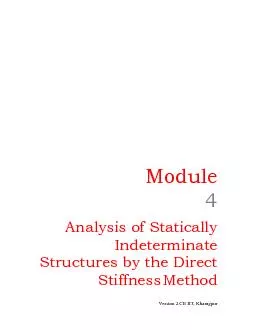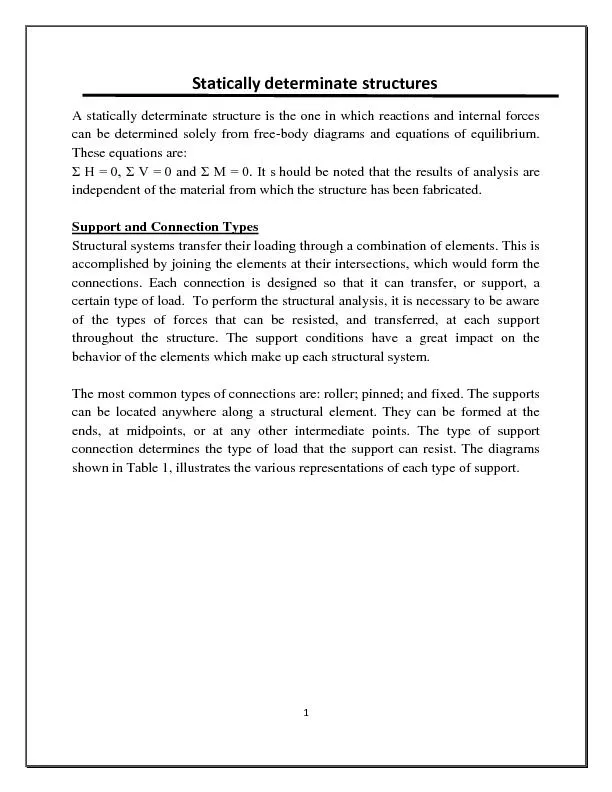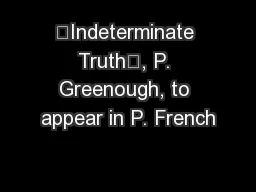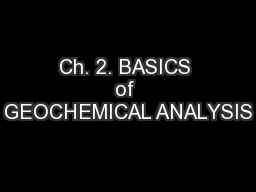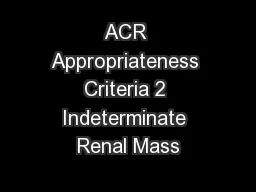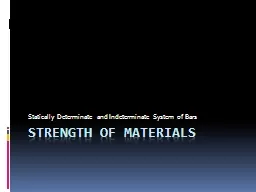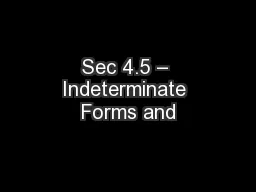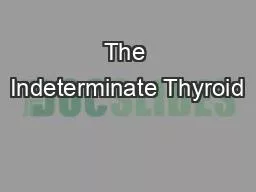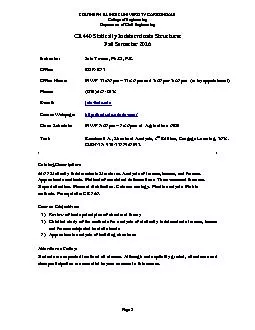PDF-Analysis of Statically Indeterminate Structures by the Direct Stiffnes
Author : yoshiko-marsland | Published Date : 2015-11-02
Module 4 Version 2 CE IIT Kharagpur In the above figures single he 272 Beam Stiffness Matrix Fig 272 shows a prismatic beam of a cons
Presentation Embed Code
Download Presentation
Download Presentation The PPT/PDF document "Analysis of Statically Indeterminate Str..." is the property of its rightful owner. Permission is granted to download and print the materials on this website for personal, non-commercial use only, and to display it on your personal computer provided you do not modify the materials and that you retain all copyright notices contained in the materials. By downloading content from our website, you accept the terms of this agreement.
Analysis of Statically Indeterminate Structures by the Direct Stiffnes: Transcript
Download Rules Of Document
"Analysis of Statically Indeterminate Structures by the Direct Stiffnes"The content belongs to its owner. You may download and print it for personal use, without modification, and keep all copyright notices. By downloading, you agree to these terms.
Related Documents

